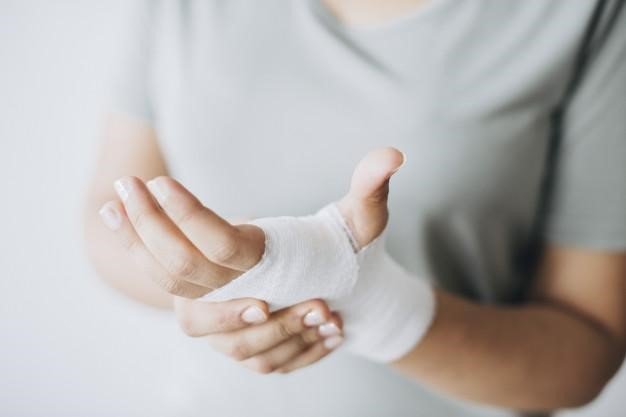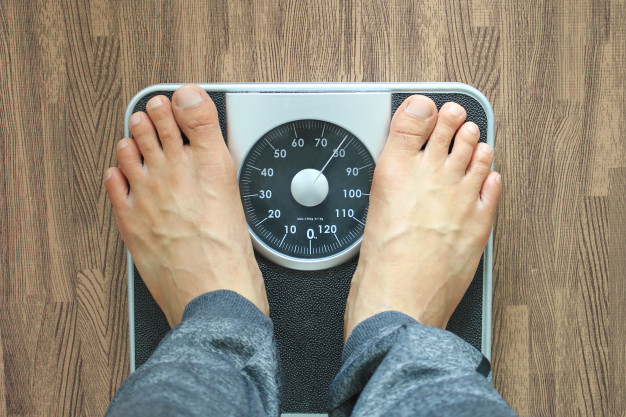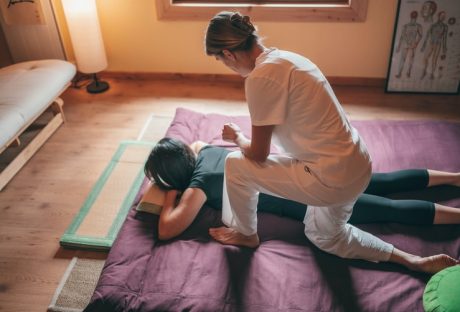When to worry about Varicose veins? – Varicose veins are the bulged and twisted veins found on your legs just under your skin. They are one of the most common body conditions but are seldom dangerous or life-threatening.
In this article, you will get a general overview of when to worry about varicose veins. However, before that, you will get a general overview of Varicose veins and their symptoms. On the other hand, this article will also give you a general detail of its diagnosis. Hence, to learn more, read on to the end of the article.
What Are Varicose Veins?
If there are bulging and enlarged veins in the body, these veins are called Varicose veins. Generally, all superficial veins can become Varicose. Basically, superficial veins are the ones that are close to the surface of the skin.
However, in most cases, Varicose veins affect veins in the legs. This is due to the fact that standing and walking increase pressure in those veins.
Normally, varicose veins are cosmetic concerns for most people. Moreover, some people also worry about spider veins, which are nothing but mild forms of varicose veins. However, in some people, varicose also causes some discomfort and aching pain. On the other hand, some people also face serious health problems because of varicose veins.
Generally, varicose treatment involves simple exercises, leg raises, etc., that you can do while lying down. Moreover, you might need to wear compression stockings depending on varicose veins stages. Also, there are certain ways to close or remove veins.
Symptoms Of Varicose Veins
The following are some of the major symptoms of varicose veins:
- The Veins become dark purple, blue, or of the skin color. However, in some cases, these changes in color are harder to see.
- Some veins bulge and look twisted. In some cases, they look like cords on your legs. Also, you can check out legs for a doctor to determine varicose veins cancer symptoms.
- Varicose veins can also give a heavy or achy feeling in your legs.
- In some cases, burning, cramping, throbbing, or swelling in the lower legs can be due to varicose veins.
- Itching on the veins can be a result of varicose veins.
When To Worry Avoid Varicose Veins? Need For Treatment
Two types of these veins typically occur in the legs. The first one, superficial veins, are harmless, appear just under the skin, and are visibly prominent. Deep veins are caused by the muscles in your legs squeezing the veins during activities such as walking, running, or exercising.
How Do Varicose Veins Form?
Your veins typically contain a one-way valve that allows the flow of blood from the legs to the heart. When the normal functioning of this valve fails, blood tends to flow back down the veins and exerts pressure on the legs.
This excess pressure results in the widening of the veins. When these veins develop, you will see a discolored spider-like vein structure that appears like bruises.
Who Is at Risk Of Varicose Veins?
You are at risk for developing varicose veins for many reasons. You might be predisposed to them because of heredity, underlying health conditions, or hormonal fluctuation. Women are more likely to have varicose veins than men for reasons including pregnancy, menopause, puberty, and other hormonal-induced body changes. Certain medications and birth control pills can also bring about the veins.
Varicose veins are prevalent among pregnant women during their initial trimester. This is due to increased estrogens and blood volume that cause veins to enlarge. Additionally, pressure on the veins can be exerted involuntarily from the enlarged uterus in pregnant women.
Another risk factor for varicose veins is prolonged sitting and an idle lifestyle.
Complications Of Having Varicose
In an otherwise healthy person, these veins do not cause adverse health problems other than cosmetic issues. In other words, the veins can be a significant cause of concern only for those who feel it is a nuisance or embarrassment.
The condition in some individuals can cause mild discomfort and a feeling of heaviness as well. Sometimes, aching may be present, which may worsen as you sit or stand for an extended period. You might develop swelling in your ankles, as well.
However, if the symptoms are severe enough to cause other health issues, you should seek immediate medical attention from a specialist.
You might develop skin ulcerations on or near your varicose veins. If the varicose vein is close to the skin, there is the possibility you could bleed if you injure the area. If the bleeding doesn’t stop with compression or your ulcers become worse, it is necessary that you see your doctor immediately.
Diagnosis And Treatment Of Varicose Veins
Treatment for varicose veins depends on the severity of your condition. You can alleviate some of the symptoms associated with varicose veins on your own. You should elevate your legs every evening for ten to fifteen minutes to help with the blood flow in your lower extremities. This is a good Varicose veins self-care.
Try wearing compression socks or stockings, which will compress your muscles and support the blood flow through your veins. You can also take an anti-inflammatory for any swelling or pain you might have.
If your varicose veins are causing you serious health problems, then you will need more invasive treatments. Your doctor for varicose vein treatment might recommend laser treatment, where they will use light energy directly on the vein to cause it to fade and disappear.
Another option is sclerotherapy, where your doctor injects a foam or chemical solution into the vein, causing it to collapse so it can no longer transport blood. There is also the possibility of your doctor surgically removing or stripping a varicose vein in more serious situations.
Final Note
When to Worry About Varicose Veins? – You can see that you must worry only when your veins swell or if there is a sudden increase in pain. Basically, if you are suffering from varicose veins, there are treatment options there for you. Don’t let this cosmetic issue become more serious!
Do you have more suggestions on how to deal with Varicose veins? Please share your ideas and opinions in the comments section below.
Read More:






















